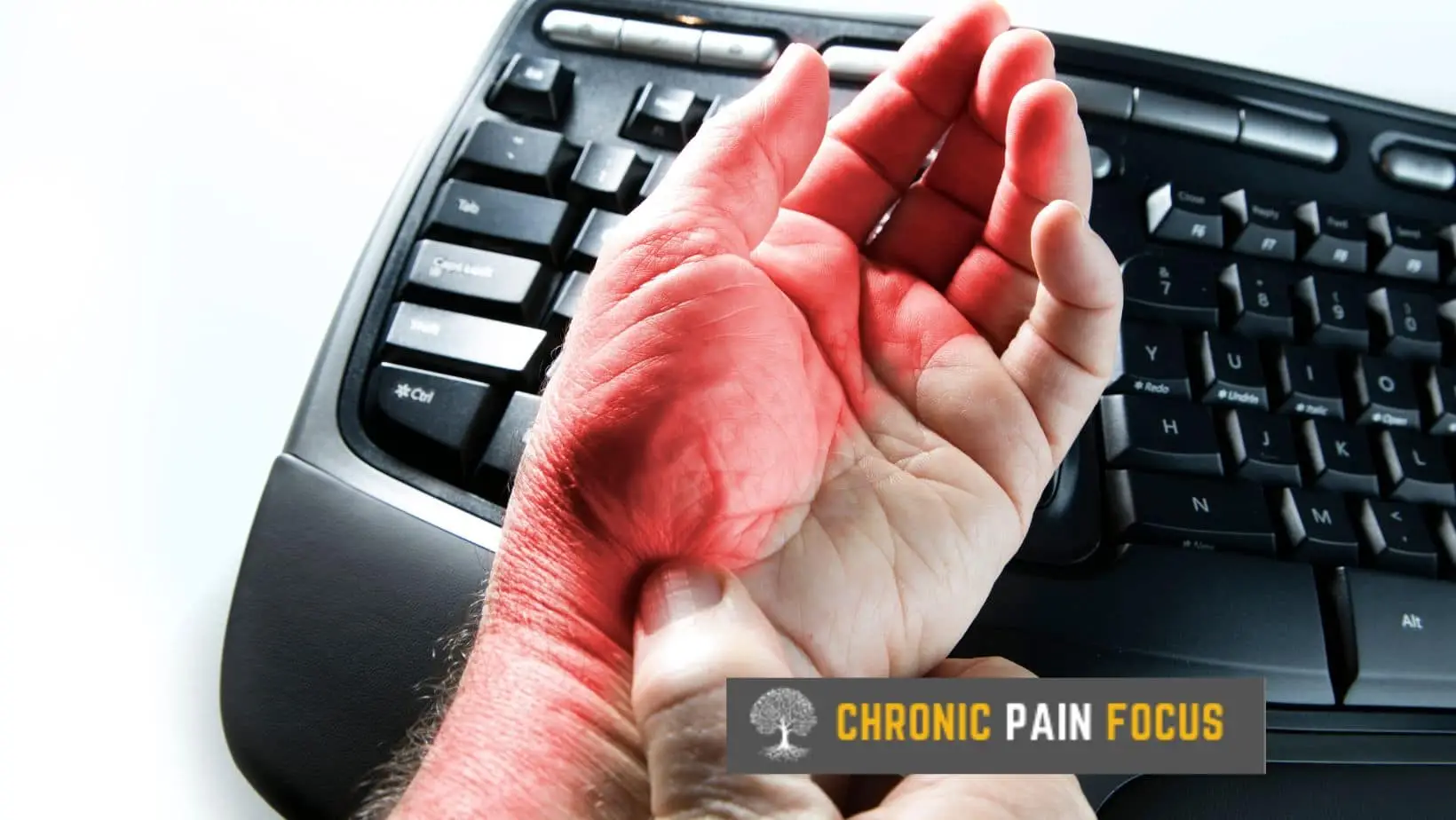
Understanding Different Types of Chronic Pain Conditions

Understanding Neuropathic Pain: Causes and Management Strategies
Neuropathic pain is a complex, chronic pain condition usually accompanying nerve damage or malfunction. It distinguishes itself from other types of pain by its persistence and the often challenging search for relief. Notoriously difficult to treat, neuropathic pain can significantly affect a person’s quality of life, leading to sleep disturbances, mood changes, and decreased physical activity.
What Is Neuropathic Pain?
In basic terms, neuropathic pain arises when the nervous system is injured or not working correctly. It’s when the communication between the nerves and the brain becomes skewed, causing pain sensations in the absence of an actual injury or after the original injury has healed. Many describe the pain as burning, stabbing, or shooting. It can also manifest as numbness, tingling, or a sensation akin to an electric shock.
Unlike nociceptive pain, where pain signals are a response to physical damage, neuropathic pain doesn’t always serve such a direct purpose. It can arise without obvious reason and persist well beyond the expected healing time, thus often being described as “pathological” rather than physiological.
How Do You Get It?
Neuropathic pain can stem from various medical conditions. Diabetes is perhaps the most common, with elevated blood sugar levels causing nerve damage over time, leading to diabetic neuropathy. Other causes include shingles, HIV infection, chemotherapy, amputation (which can lead to phantom limb pain), alcoholism, and neurological conditions like multiple sclerosis.
Physical injuries that directly impact the nerves can also be a culprit; this includes spinal cord injuries or herniated discs. Nerve compression or entrapment (as seen in carpal tunnel syndrome), infection, or even some hereditary conditions can initiate the chronic pain cycle characteristic of neuropathy.
How Can You Relieve The Pain?
While neuropathic pain can be challenging to treat, several strategies can provide relief and manage symptoms. Treatment options are varied and can include medications specifically targeted at neuropathic pain such as certain types of antidepressants, anticonvulsants, and certain opioids. Topical treatments, such as capsaicin cream or lidocaine patches, can also be effective for localized neuropathic pain.
In recent years, there’s been a surge in interest regarding non-pharmacological interventions. Physical therapy can help patients cope with the condition by improving mobility and reducing pain. Transcutaneous Electrical Nerve Stimulation (TENS) therapy, which involves delivering a mild electrical current to the skin, can disrupt pain signals.
Behavioural therapies, such as cognitive-behavioural therapy (CBT), can be instrumental in helping patients deal with the psychological impact of chronic pain. Support groups also offer the chance to share experiences and coping strategies with others who understand the anguish that neuropathic pain can inflict.
Some individuals find relief through complementary therapies like acupuncture or meditation. Lifestyle changes, particularly improving diet and increasing physical activity, can also contribute to overall wellbeing and pain reduction.
To achieve the best pain management outcomes, a comprehensive approach tailored to the individual’s specific condition and needs is often necessary. This can involve combining different types of medications with various therapies and lifestyle adjustments.
Understanding Musculoskeletal Pain: Causes and Relief Strategies
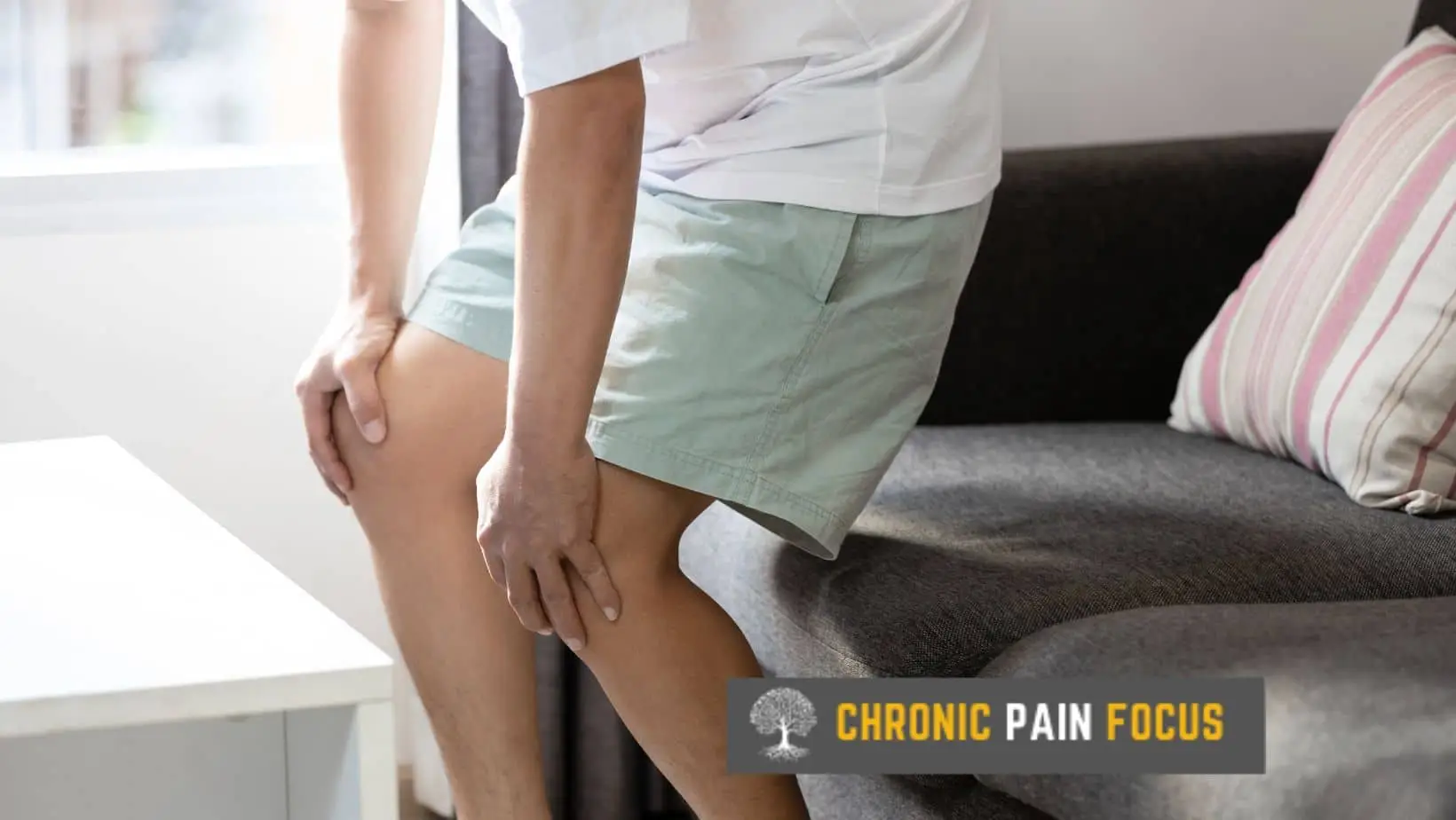
Musculoskeletal pain is a common affliction that affects the body’s muscles, ligaments, tendons, and bones. It can vary in intensity, from mild discomfort to severe, debilitating pain that impacts one’s quality of life. This type of pain is a primary reason why many adults seek medical attention, and it’s particularly prevalent among health enthusiasts, athletes, and individuals who lead active lifestyles.
What is Musculoskeletal Pain?
Musculoskeletal pain can be acute—arising suddenly from an injury or trauma—or chronic, developing over time due to repetitive stress or underlying health conditions. It can be localized in one area or widespread, affecting multiple parts of the body. The most common manifestations of musculoskeletal pain include back pain, arthritis, osteoporosis-related fractures, tendinitis, and stress injuries.
How Do You Get Musculoskeletal Pain?
The causes for musculoskeletal pain are as diverse as the anatomy it disturbs. Physical strain and overexertion—often experienced during exercise, sports, or physically demanding jobs—are common culprits. Poor posture and ergonomics can contribute significantly to the development of musculoskeletal issues, especially in today’s digital world where many spend hours hunched over computers.
Injuries such as fractures, sprains, and dislocations are immediate triggers for acute musculoskeletal pain. On the other hand, conditions like arthritis—which involve inflammation of the joints—or degenerative diseases like osteoporosis result in chronic pain. Stress and emotional tension can also exacerbate physical discomfort, as can environmental factors like cold or damp weather.
How Can You Relieve Musculoskeletal Pain?
Relieving musculoskeletal pain effectively requires a multifaceted approach tailored to the individual’s specific circumstances and the underlying cause of their discomfort.
Rest and Rehabilitation
Rest is a crucial element in healing acute musculoskeletal injuries. It helps prevent further damage and allows the body time to repair. Rehabilitation exercises and physical therapy can aid in restoring strength and flexibility, improving mobility, and preventing future pain.
Pain Medication and Anti-Inflammatories
Over-the-counter pain relievers such as acetaminophen and NSAIDs (nonsteroidal anti-inflammatory drugs) offer temporary relief from pain and decrease inflammation. For more severe or persistent pain, prescription medications may be necessary. Always consult with a healthcare provider before starting any medication regimen.
Lifestyle Modifications
Ergonomic improvements in the workplace and at home can reduce stress on the body. Establishing a good posture, taking frequent breaks from repetitive tasks, and using appropriate equipment can mitigate the risks of developing musculoskeletal pain. Furthermore, maintaining a healthy weight can decrease the load on joints and tissues.
Alternative Therapies
Some individuals find relief in alternative therapies such as acupuncture, massage therapy, or chiropractic treatments. These can be adjuncts to conventional medical treatments and may provide additional comfort.
Exercise and Strength Training
Regular exercise and specifically tailored strength training can enhance muscle stability, which in turn can protect against injuries and relieve chronic pain. Low-impact exercises such as swimming, cycling, or yoga are beneficial for those with pre-existing pain.
Dietary Interventions
A diet rich in anti-inflammatory foods and nutrients may help manage pain. Omega-3 fatty acids, found in fish and flaxseeds, and antioxidant-rich fruits and vegetables can support tissue health and potentially reduce inflammation.
Understanding Central Sensitisation Syndromes
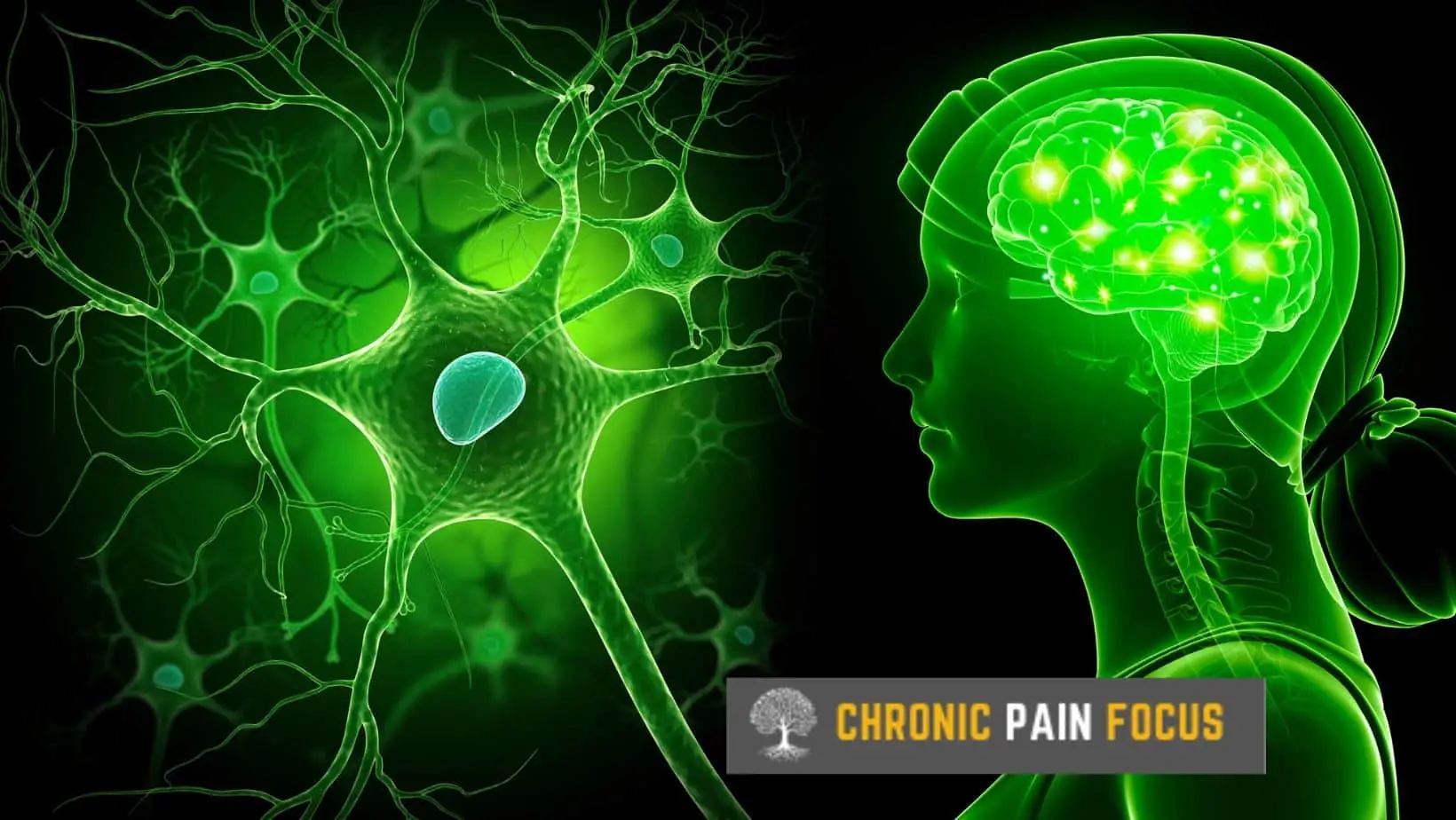
Central sensitisation syndromes (CSS) represent a collection of disorders that stem from an abnormal response to pain and the miscommunication of pain signals within the central nervous system (CNS). These syndromes are characterized by chronic pain that is often disproportionate to the original cause and can severely affect a person’s quality of life. Health professionals, chronic pain sufferers, and medical students must comprehend the complexity of CSS to enhance patient care and further research.
What is Central Sensitisation?
Central sensitisation is a condition where the nervous system goes into a persistent state of high reactivity. This heightened sensitivity means that ordinary, non-painful sensations can be perceived as painful, and painful stimuli can be exacerbated, a phenomenon often referred to as “wind-up.” In essence, the pain processing pathways in the brain and spinal cord have become amplified and dysfunctional.
The disorders that fall under the umbrella of CSS include, but are not limited to, fibromyalgia, irritable bowel syndrome, temporomandibular joint disorders, and tension-type headaches. While these conditions have distinct characteristics, they share common features of central sensitization, which speaks to altered nociception even when peripheral pathology is not apparent.
How Do You Get Central Sensitisation Syndromes?
The onset of CSS is multifactorial, with genetic, psychosocial, and environmental factors all playing a role in its development. While the exact mechanisms that lead to central sensitization are not entirely understood, it is believed that initial tissue or nerve damage triggers an increase in pain sensitivity and affects the way pain signals are processed by the CNS.
For some individuals, stressful life events, infections, injuries, or surgeries can act as triggering events. Psychological factors such as depression or anxiety can also predispose or exacerbate these syndromes, as can certain lifestyle choices like poor sleep habits and lack of physical activity.
Over time, the CNS becomes conditioned to amplify and misinterpret pain signals, leading to chronic and persistent pain, even in the absence of tissue damage or inflammation. Identifying individuals at risk and understanding the triggers for CSS is an essential aspect of preventing its onset or progression.
How Can You Relieve the Pain of CSS?
Relieving the pain associated with CSS requires a comprehensive and multi-disciplinary approach, given the complex nature of these disorders. Among the beneficial interventions are:
- Pharmacologic Treatments: Medications such as antidepressants, anticonvulsants, and certain pain relievers can modify pain perception and are often prescribed to manage symptoms of CSS.
- Physical Therapy: Tailored exercises can help manage pain, improve mobility, and build muscular strength, addressing some of the dysfunctional CNS processing.
- Cognitive-Behavioural Therapy (CBT): CBT can help patients modify negative thought patterns and behaviors related to pain, potentially reducing the perceived intensity of pain.
- Lifestyle Changes: Regular exercise, good sleep hygiene, and stress reduction through techniques like meditation and yoga can have positive effects on managing CSS.
- Education and Support: Educating patients about CSS can empower them to manage their symptoms better and seek out support groups for social support and shared experiences.
It is important to remember that what works for one individual may not work for another, and treatment plans need to be personalized. Keeping an open dialogue between patients and healthcare providers allows for adjustments based on the efficacy of interventions and the experience of side effects.
Understanding and Managing Inflammatory Pain
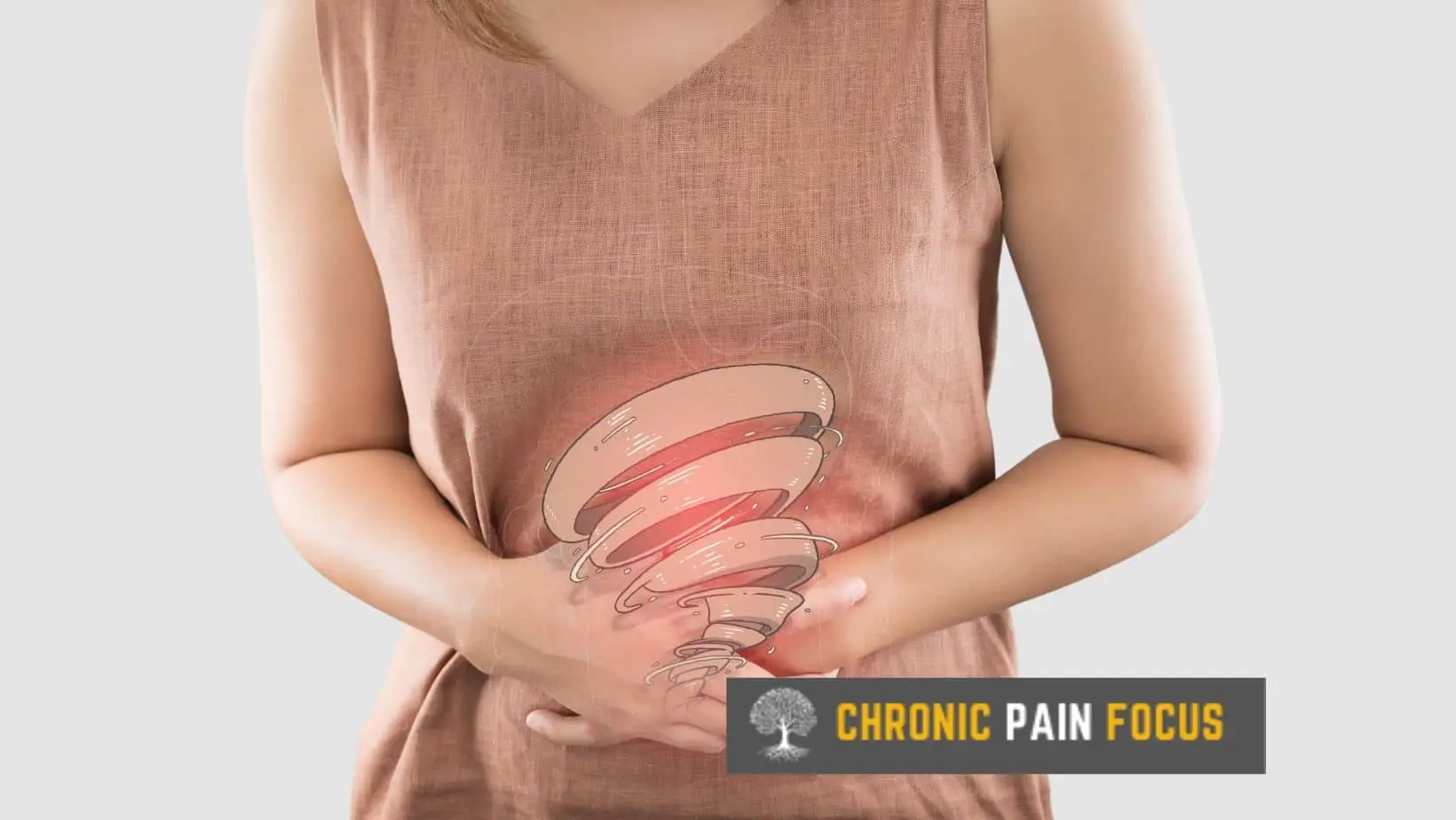
Inflammatory pain is a common condition that can significantly affect an individual’s quality of life. For those living with chronic pain, understanding the nuances of inflammatory pain is a critical step towards managing it effectively.
Through this article, we aim to elucidate what inflammatory pain is, its causes, and the various ways in which it can be alleviated. Chronic pain sufferers, health enthusiasts, and medical professionals alike can benefit from this knowledge to enhance pain management strategies.
What is Inflammatory Pain?
Inflammatory pain is a type of pain that occurs when the body’s tissues are injured or damaged, causing them to become inflamed. This inflammation energizes the body’s immune response, leading to increased blood flow to the affected area, swelling, and the release of chemicals that signal pain. Unlike acute pain, which is a direct result of harm or potential harm to the body, inflammatory pain serves as a part of the body’s healing process. It can be both protective and restorative, alerting the individual to the issue and prompting care and recovery.
How Do You Get It?
There are numerous causes of inflammatory pain. It can stem from a variety of conditions such as arthritis, which involves joint inflammation; tendinitis, known for the inflammation of tendons; and more systemic autoimmune diseases like lupus or rheumatoid arthritis, where inflammation spreads throughout the body.
Common lifestyle triggers include repetitive strain, poor posture, obesity, stress, and diet. Even normal aging processes can lead to the development of inflammatory conditions, as wear and tear on the body accumulate over time.
External factors such as accidents, injuries, surgeries, and infections also prompt inflammation as the body works to heal the damaged tissues. On the other hand, sometimes the cause of inflammation can be unclear, leading to persistent and chronic inflammatory pain.
How Can You Relieve The Pain?
Treating inflammatory pain involves both medical interventions and lifestyle modifications. Here are several approaches that can help alleviate discomfort:
Over-the-Counter (OTC) Medications and Prescriptions: Nonsteroidal anti-inflammatory drugs (NSAIDs), such as ibuprofen and naproxen, can reduce inflammation and ease pain. For more severe cases, a doctor may prescribe stronger medications.
Physical Therapy: A physical therapist can recommend exercises tailored to your condition to strengthen muscles and joints, improve mobility, and reduce inflammation.
Diet and Nutrition: Eating a diet high in anti-inflammatory foods, such as omega-3 fatty acids found in fish, and antioxidants found in fruits and vegetables, can support the body’s natural inflammation response and reduce pain.
Stress Management: Techniques like meditation, yoga, and deep breathing exercises may help to manage stress levels and, consequently, reduce inflammation and pain.
Hot and Cold Treatments: The application of heat can increase blood flow and relax tight muscles, while cold treatments can numb the affected area and reduce swelling.
Complementary and Alternative Medicine (CAM): Practices such as acupuncture, massage, and herbal supplements may provide additional relief for some individuals.
Lifestyle Modifications: Maintaining a healthy weight, practicing good posture, and avoiding activities that exacerbate pain can also play a crucial role in managing inflammatory pain.
Before adopting any treatment plan, it’s crucial to consult with a healthcare professional. They can help identify the underlying cause of inflammation and recommend the most effective pain management strategies tailored to your specific condition.
Understanding Visceral Pain: A Comprehensive Overview

Visceral pain, a type of pain experienced within the inner organs of the body, is a phenomenon often challenging to diagnose and treat. Unlike somatic pain, which arises from the skin, muscles, and joints, visceral pain originates from the internal organs and can be more diffuse and not as well localised. This makes it a complex issue for health professionals faced with treating it, medical researchers studying it, and the chronic pain sufferers enduring it.
What Is Visceral Pain?
Visceral pain results primarily from the nociceptors in the visceral organs responding to various stimuli such as inflammation, stretching, or ischemia. These receptors are sensitive to different types of pain, including those that arise due to damage or injury to internal tissues.
Unlike the sharp, well-defined nature of somatic pain, visceral pain is often vague, poorly localized, and described as a deep squeeze, pressure, or aching. It sometimes presents with referred pain, where the pain is felt in another part of the body far from the actual site of issue – such as kidney pain that may be felt in the back or flank.
How Do You Get It?
Visceral pain can be acute or chronic and can arise from multiple causes. Some common sources of visceral pain include gastrointestinal issues like irritable bowel syndrome (IBS) or inflammatory bowel disease (IBD), renal colic from kidney stones, and pelvic pain disorders in women, such as endometriosis. Diseases that cause organ inflammation, infection, or stretching of an organ’s capsule can lead to the development of visceral pain.
Genetic factors, lifestyle choices, stress, and the presence of other chronic illnesses can play a role in the severity and occurrence of visceral pain. Additionally, due to the role of the central nervous system (CNS) in perceiving and processing pain signals, psychological factors may influence the experience of pain. For example, individuals with high levels of stress or anxiety might perceive their pain more acutely.
How Can You Relieve The Pain?
The relief of visceral pain is often more challenging than that of somatic pain due to its diffuse nature and varied sources. The treatment typically depends on the underlying cause. However, several approaches may be helpful:
- Medication: Over-the-counter pain relievers like nonsteroidal anti-inflammatory drugs (NSAIDs) can manage mild cases, while more severe pain may require prescription medications, including antispasmodics, anticholinergics, or opioids under careful medical supervision.
- Diet and lifestyle adjustments: Particularly with gastrointestinal-caused visceral pain, modifying one’s diet can alleviate symptoms. Avoiding trigger foods and incorporating regular exercise can help manage conditions like IBS.
- Nerve blocks: Injecting anesthetic near nerves of the affected organ can temporarily alleviate pain for more severe cases.
- Physical therapy: Including exercises that can help reduce the tightness and discomfort associated with chronic visceral pain.
- Psychological therapies: Cognitive-behavioral therapy (CBT) and mindfulness practices can help patients cope with the pain more effectively.
- Advanced treatments: For those unresponsive to conventional therapies, options like neuromodulation or surgery might be considered.
It’s crucial for healthcare providers to take a multidisciplinary approach, often involving pharmacological treatments along with psychological support and physical therapy, to address visceral pain effectively.
Somatic Pain: Understanding and Managing the Discomfort
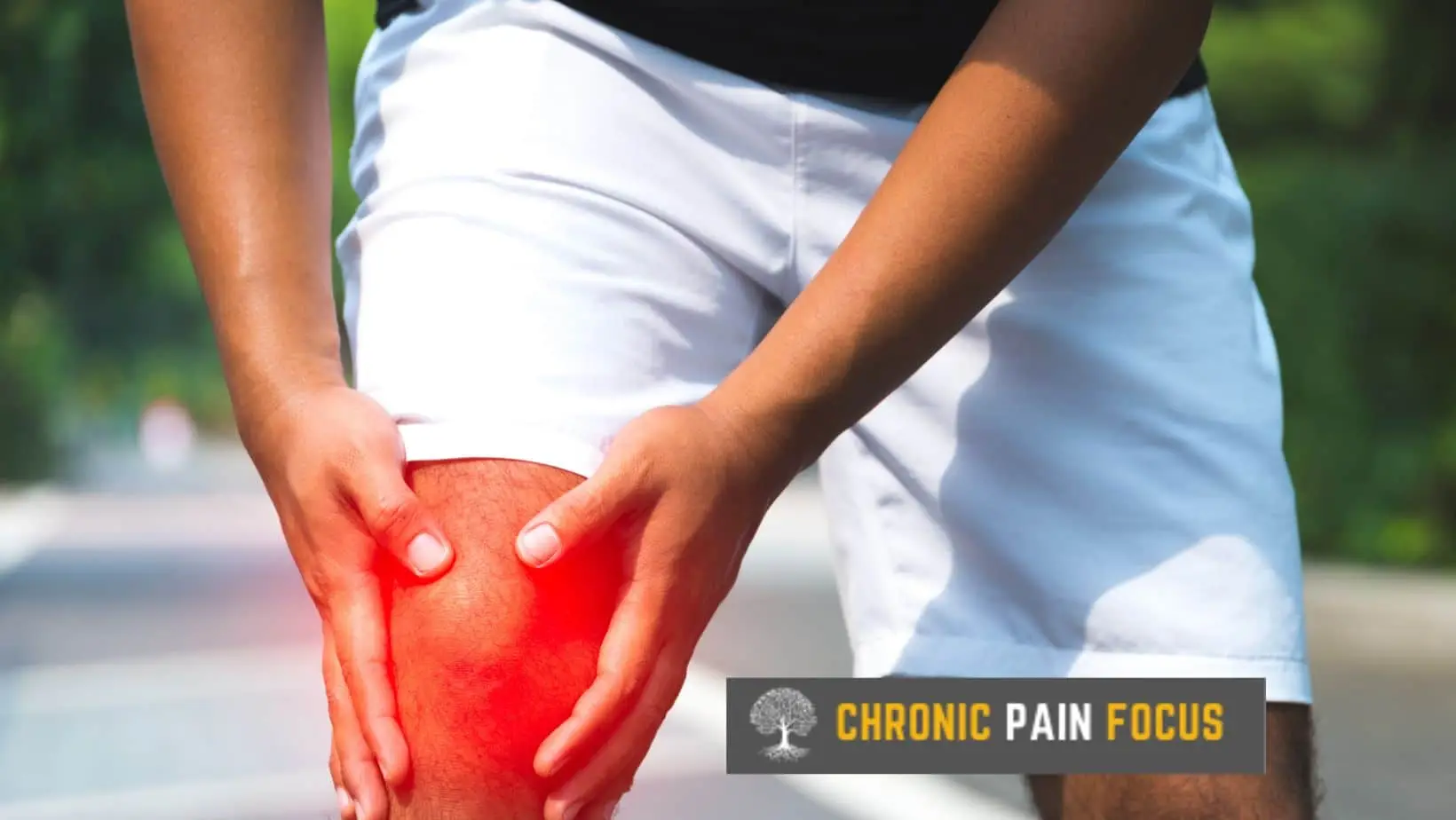
The human body is an intricate network capable of detecting a multitude of sensations, pain being one of the most critical ones as it signals potential harm. Among the various types of pain, somatic pain is a prevalent form that health professionals, chronic pain sufferers, and medical students should all be familiar with. Understanding what somatic pain is, what causes it, and how to manage it can enhance the care provided to patients and improve their quality of life.
What is Somatic Pain?
Somatic pain arises from the activation of pain receptors in either the body’s surface (skin and mucous membranes) or musculoskeletal tissues (bones, joints, muscles, ligaments, and tendons). Unlike visceral pain, which originates from internal organs and can be vague and pressing, somatic pain tends to be more localized and easier to pinpoint. It can also be characterized as sharp, aching, throbbing, or gnawing, depending on the cause and individual perception.
Causes of Somatic Pain
Somatic pain can stem from a variety of sources. Acute injuries such as cuts, fractures, and burns are common culprits that trigger immediate painful sensations by directly damaging the tissue. Chronic conditions, like osteoarthritis and repetitive stress injuries, lead to ongoing inflammation and discomfort. Even everyday activities, if performed incorrectly or excessively, can lead to somatic pain through the overuse or strain of muscles and joints.
Managing Somatic Pain Effectively
The management of somatic pain involves a multi-faceted approach:
1. Medication
Many patients find relief through over-the-counter pain relievers like acetaminophen or non-steroidal anti-inflammatory drugs (NSAIDs). In cases of severe pain, prescription medications may be warranted. However, medication alone is often not sufficient, and thus it is usually recommended as part of a broader pain management plan.
2. Physical Therapy
A key component in managing long-term somatic pain is physical therapy. Skilled therapists can facilitate exercises and techniques to strengthen affected areas, improve flexibility, and reduce stress on painful structures, thus alleviating discomfort.
3. Alternative Treatments
Practices such as acupuncture, massage therapy, and chiropractic care may provide significant relief by targeting pressure points, promoting blood flow, and correcting structural imbalances. The effectiveness of these treatments can vary, so personal experiences should guide their use.
4. Lifestyle Modifications
Incorporating ergonomically conscious choices into daily routines can prevent and reduce somatic pain. This might include adjusting workspace setups, using supportive footwear, or practicing proper lifting techniques.
5. Psychological Support
The experience of pain is not solely physical; it has a psychological component as well. Cognitive-behavioural therapy (CBT) and mindfulness-based stress reduction (MBSR) can assist individuals in coping with the emotional and mental aspects of chronic somatic pain.
Nociceptive Pain: Understanding and Managing the Body's Alarm System
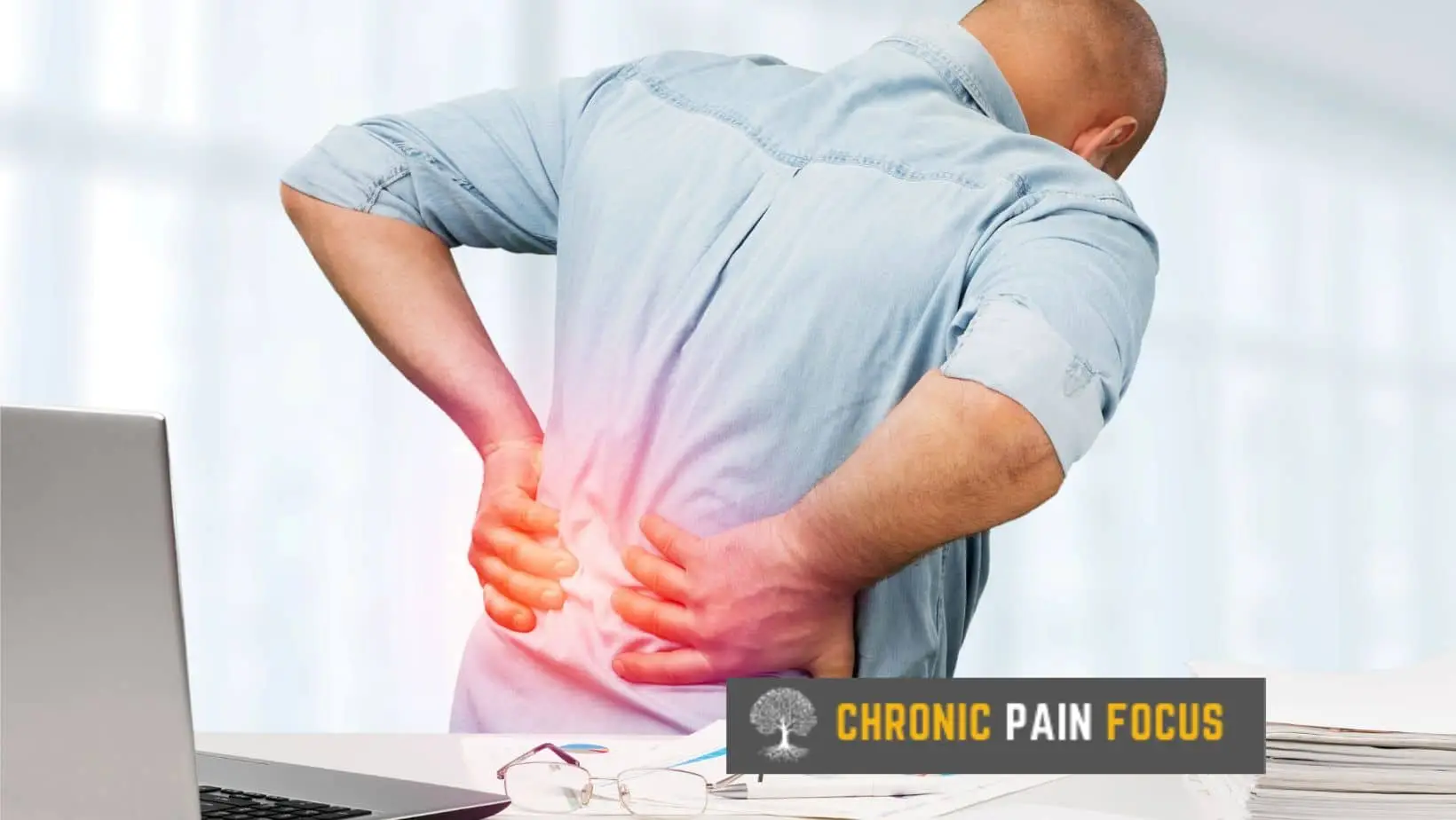
Pain is a complex experience, encompassing a spectrum of sensations that serve as crucial notifications from our bodies, indicating when something is amiss. Nociceptive pain is one such sensation, a common and natural type of pain caused by the activation of the nociceptors in the body – sensory neurons that respond to damaging or potentially damaging stimuli. Primarily intended to protect the body, nociceptive pain acts as an alarm system, alerting an individual to injury or potential harm.
What is Nociceptive Pain?
Nociceptive pain occurs when signals from nociceptors are transmitted through nerves to the brain. These signals are translated into pain, usually in response to physical damage such as cuts, bruises, burns, fractures, or conditions like arthritis. Unlike neuropathic pain, which arises due to nerve damage, nociceptive pain is attributed to external stimuli impacting the body’s tissues.
There are two main types of nociceptive pain, classified based on where the pain originates:
Somatic pain: Originating from skin, muscles, bones, and soft tissues, this type of pain is often described as aching or throbbing and can be localized. An example would be the pain associated with a broken bone.
Visceral pain: Stemming from the internal organs and the lining of cavities in the body, this pain is more difficult to pinpoint and could manifest in other ways, such as back or pelvic pain.
How Do You Get Nociceptive Pain?
Nociceptive pain is typically an acute response to a specific injury or physical condition. It can stem from simple accidents like stubbing a toe, sports injuries, dental procedures, or surgical trauma. Chronic conditions like osteoarthritis, inflammatory bowel disease, or tumours may also produce ongoing nociceptive pain due to persistent damage or inflammation in tissues and organs.
How Can You Relieve Nociceptive Pain?
Managing nociceptive pain effectively can drastically improve quality of life, especially for those who suffer chronic pain. Here are some ways that might help temper this type of pain:
Pharmacological Treatments: Over-the-counter pain relievers such as nonsteroidal anti-inflammatory drugs (NSAIDs) or acetaminophen can alleviate mild to moderate nociceptive pain. For more severe pain, stronger prescription medications may be necessary.
Physical Therapy and Exercise: Gentle movement and specific exercises can enhance flexibility and strength, thus reducing pain signals.
Heat and Cold Therapy: The application of heat or cold to the affected area can offer temporary relief. Heat improves blood circulation and relaxes muscles, while cold can reduce inflammation and numb the pain temporarily.
Rest and Elevation: Allowing the body to heal, particularly after an injury, is a key step in pain management. Rest, combined with elevating the affected area, can minimize swelling and discomfort.
Mind-Body Techniques: Methods like meditation, deep-breathing exercises, and biofeedback can help manage pain perception and reduce stress, which often exacerbates the experience of pain.
It’s essential for pain sufferers to consult healthcare professionals to determine the best treatment plan, considering the source and severity of pain. In some cases, a multi-modal approach combining medications, physical therapy, and self-care techniques is most effective.
Understanding Psychogenic Pain: Causes and Management

Psychogenic pain is a perplexing and often misunderstood condition affecting numerous individuals, manifesting pain that arises from psychological factors rather than any discernible physical cause. This article aims to dissect the enigma of psychogenic pain for an audience including medical professionals, chronic pain sufferers, and psychology enthusiasts, offering insights into its nature, origins, and potential alleviation strategies.
What is Psychogenic Pain?
Psychogenic pain, also known as psychosomatic pain, is pain that is linked primarily to psychological factors. This type of pain is just as real and intense as pain from a physical source. Unlike traditional pain, which alerts the body to physical injury or illness, psychogenic pain stems from the emotional and mental states of the individual.
It often accompanies psychiatric conditions such as depression, anxiety disorders, and stress-related disorders. What makes psychogenic pain particularly challenging is that it doesn’t show on x-rays or MRIs, setting the stage for a treatment conundrum.
How Do You Get It?
The inception of psychogenic pain can be as complex as the mind itself. It may begin with an actual physical injury or disease, but the pain persists even after the physical condition has healed or subsided. In other situations, it arises without a preceding physical trigger. Chronic stress, unresolved emotional trauma, fear, and significant life changes are common psychological triggers. For some, pain becomes a coping mechanism to deal with emotional distress—an unconscious process where the mind converts emotional turmoil into something more tangible like pain.
Unlike nociceptive or neuropathic pain, which can be traced to specific bodily harm or nerve damage, psychogenic pain is attributed to the intricate interplay between one’s psyche and somatic responses. Researchers propose that the brain’s pain centers get activated even when there is no physical cause for pain, creating a very real sensation of suffering. Stigmatisation often accompanies the diagnosis, with many feeling their pain is dismissed as ‘all in the head,’ yet it is both impactful and valid.
How Can You Relieve the Pain?
Relieving psychogenic pain requires a multifaceted approach that addresses both the psychological underpinnings and the physical sensation of pain. Cognitive-behavioural therapy (CBT) is widely used to help patients reframe negative thought patterns that may contribute to their pain. By changing entrenched ways of thinking, one can potentially alter the perception and intensity of the pain experienced.
Other psychological interventions may include stress reduction techniques like mindfulness-based stress reduction (MBSR), meditation, and deep breathing exercises. These can help reduce the overall stress levels that might be exacerbating the pain condition. Biofeedback is another tool that teaches the patient how to control bodily processes that are usually involuntary, such as heart rate or muscle tension.
In some cases, medications like antidepressants or anti-anxiety drugs may help manage underlying psychological issues. Engaging in regular physical activity, when possible, can also benefit both the mind and body, potentially easing the cycle of pain.
Aside from clinical treatment, social support and validation of the suffering individual’s experience play a crucial role in management. Joining a support group or engaging in community activities can provide the emotional sustenance needed to handle chronic pain.
Ultimately, successful treatment is highly personalized, depending on the individual’s specific circumstances and the nature of their psychogenic pain. Open communication with healthcare providers, a commitment to therapy, and ongoing support are vital ingredients to managing and perhaps alleviating psychogenic pain.